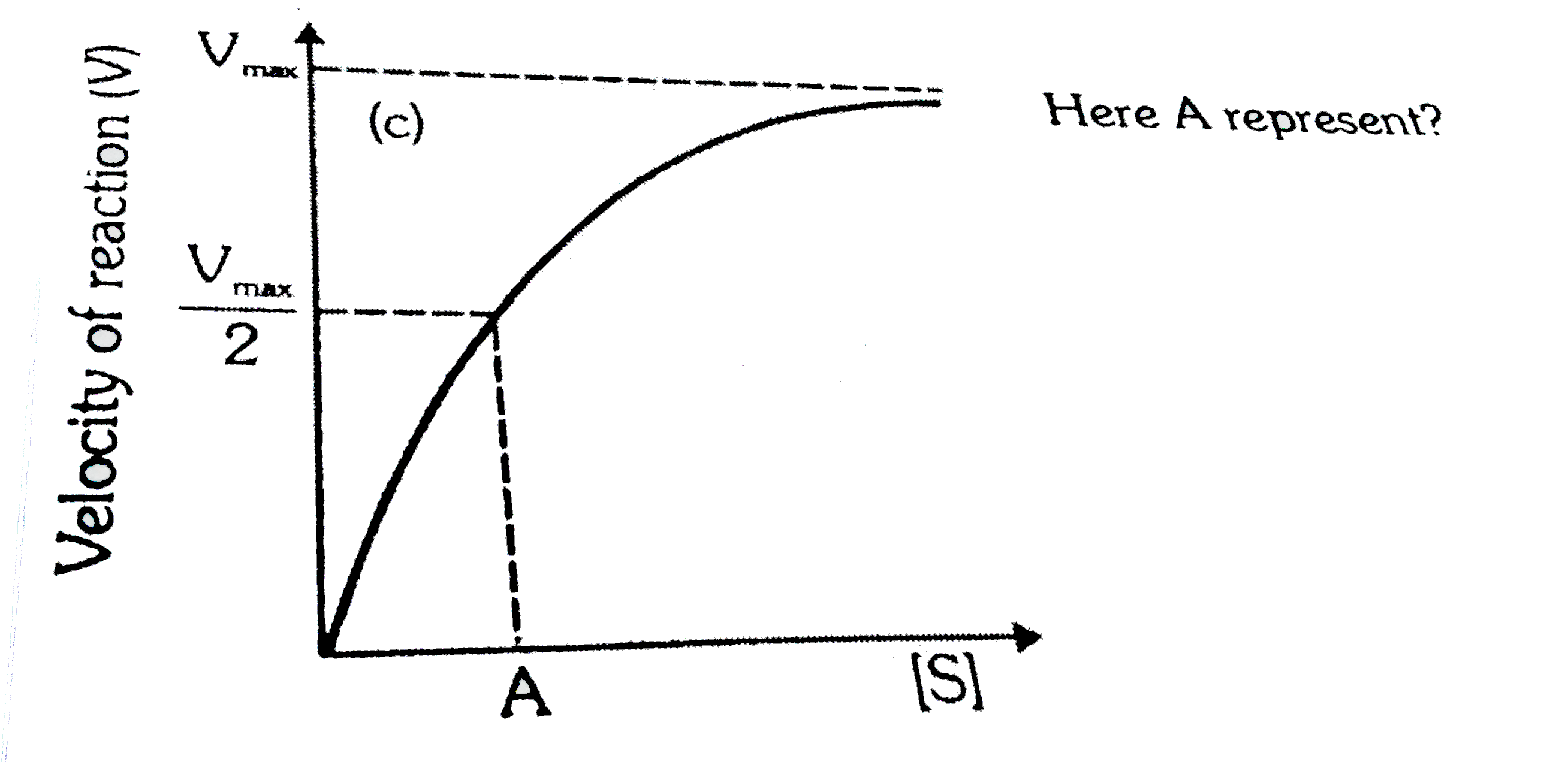Centrosomes are present
In plant cells only
In animal cells only
Both in plant and animal
None of these
The correct Answer is:B
To answer the question "Centrosomes are present," we need to analyze the options provided and understand the role and presence of centrosomes in different types of cells.
1. Understanding Centrosomes:
- Centrosomes are cellular structures that play a crucial role in organizing microtubules and are involved in cell division. They are composed of two centrioles.
2. Presence in Animal Cells:
- Centrosomes are primarily found in animal cells. They are located in the cytoplasm and are essential for the proper functioning of the cell during division, as they help in the separation of chromatids.
3. Presence in Plant Cells:
- Plant cells do not have centrosomes in the same way animal cells do. Instead, they have microtubule organizing centers (MTOCs) that perform a similar function but lack the structure of centrioles.
4. Evaluating the Options:
- Option A: In plant cells - Incorrect, as centrosomes are not present in plant cells.
- Option B: Only in animal cells - Correct, as centrosomes are found only in animal cells.
- Option C: Both in plant and animal - Incorrect, as centrosomes are not present in plant cells.
- Option D: None of these - Incorrect, as centrosomes are indeed present in animal cells.
5. Conclusion:
- Based on the analysis, the correct answer is that centrosomes are present only in animal cells.
Final Answer:
- Centrosomes are present only in animal cells.
- Centrosomes are cellular structures that play a crucial role in organizing microtubules and are involved in cell division. They are composed of two centrioles.
- Centrosomes are primarily found in animal cells. They are located in the cytoplasm and are essential for the proper functioning of the cell during division, as they help in the separation of chromatids.
- Plant cells do not have centrosomes in the same way animal cells do. Instead, they have microtubule organizing centers (MTOCs) that perform a similar function but lack the structure of centrioles.
- Option A: In plant cells - Incorrect, as centrosomes are not present in plant cells.
- Option B: Only in animal cells - Correct, as centrosomes are found only in animal cells.
- Option C: Both in plant and animal - Incorrect, as centrosomes are not present in plant cells.
- Option D: None of these - Incorrect, as centrosomes are indeed present in animal cells.
- Based on the analysis, the correct answer is that centrosomes are present only in animal cells.
- Centrosomes are present only in animal cells.
Topper's Solved these Questions
- BOOK - ICSECHAPTER - CELL - THE UNIT OF LIFEEXERCISE - REVIEW QUESTIONS52videos
CELL - THE UNIT OF LIFE
- BOOK - ICSECHAPTER - CELL - THE UNIT OF LIFEEXERCISE - REVIEW QUESTIONS (ANALOGY TYPE QUESTIONS)5videos
CELL - THE UNIT OF LIFE
- BOOK - ICSECHAPTER - BREATHING AND EXCHANGE OF GASESEXERCISE - REVIEW QUESTIONS (LONG ANSWER TYPE QUESTIONS)8videos
BREATHING AND EXCHANGE OF GASES
- BOOK - ICSECHAPTER - CELL : THE UNIT OF LIFE EXERCISE - Differentiate Between18videos
CELL : THE UNIT OF LIFE
Similar Questions
Knowledge Check
- Question 1 - Select One
Setae help in locomotion in earthworm but are not uniformly present in all the segments. They are present in
A1st segmentBlast segmentCClitellar segmentD20th−22nd segment
Find incorrect statement with regard to centrosome and centrioles :-
(a) Centrosomes are surrounded by amorphous pericentriolar material
(b) In centrosome, bothe centrioles lie parallel to each other in which each has an organisation like the cartwheel
( c ) Centrioles are made up of nine unevenly spaced peripheral fibrils of tubulin
(d) Hub is the central proteinaceous part of centriole
( e )Proteinaceous radial spokes connect hub to peripheral tripletsView SolutionVeins are present in
View Solution Here A present?View Solution
Here A present?View SolutionCentrosome is absent in
View SolutionSetae help in locomotion in earthworm but are not uniformly present in all the segments. They are present in
View SolutionChoanocytes are present in
View SolutionCentriole/centrosome takes part in
View Solution

